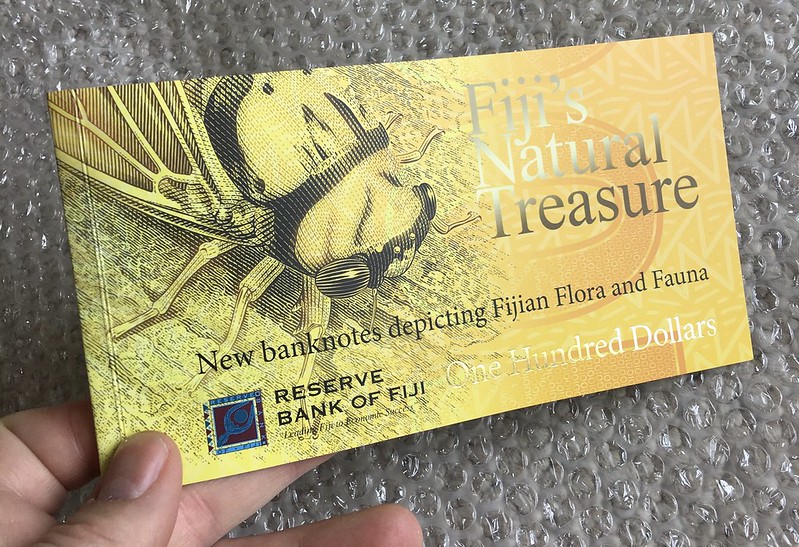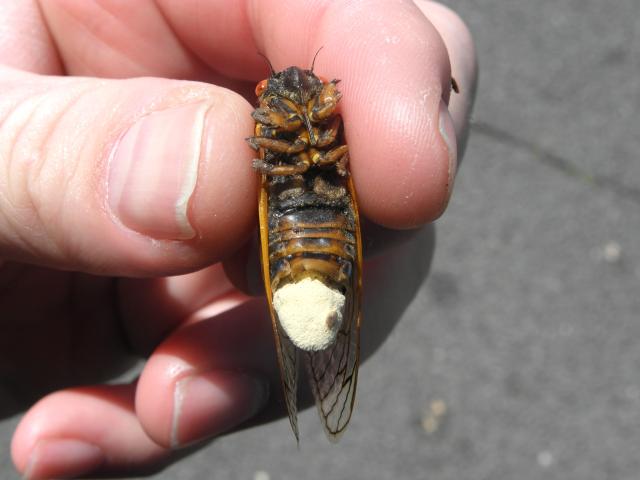I came across an article from 1876 in the Bossier Banner titled Edible Insects (The Bossier Banner., June 22, 1876. (Bellevue, Bossier Parish, La.)). The article covers many types of insects but has at least five paragraphs devoted to cicadas. The article uses the term “locust” interchangeably with “cicada”, and the author does seem to know the difference (see the last paragraph).
The most interesting bit of information is that people might have used cicadas to make soap and cakes.
I believe, in this paragraph, locust may refer to the grasshopper locust, but it could be cicadas as well:
Among the folk-lore of the Khoikhoi you may find this legend: “Faraway in the North-land dwells the great master-conjurer, who, when he wishes to confer a benefit on his people, rolls away a stone from the mouth of a certain deep pit and from it issues a host of winged messengers who soar away to the southward and there surrender themselves as a food to the hungry Africans.” These messengers are the famous locusts of which it is recorded that John the Baptist ate, and which are to-day sold by the cart-load in the cities of Morocco.
The “locust” in this paragraph is very likely cicadas, because of the use of the words “harmless” and “celebrated for its song”:
With how much affection the Romans spoke of the locust! “A little, harmless creature,” says one historian, “celebrated for its song from most ancient times.”
No reference to “locust” was made — definitely cicadas:
The same song was so dear to the Greeks, “because it seemed to give life to the solitude of our shady groves and academic walks, and conveys to our minds the idea of a perfectly happy being,” that they kept the insect in cages, and gave it pet names, as, “The Nightingale of the Nymphs,” “Sweet Prophet of Summer,” “The Love of the Muses.” Then, after all this lavishing of affection, they are it!
Could be either cicadas or grasshopper locusts:
Aristotle, with the smack of the lips, says of the female locusts, caught before the depositing of their eggs, and fried in sweet oil: “Quo tempore gustu suavissimo sunt”— “at which time they are very sweet.”
Sounds like it could be either:
Another naturalist says when the cicadae first leaves the earth they are plump and oily, and used in the making soap. Bread is also made of them, and in Africa a kind of sweet cake. This is probably what Shakespeare refers to when Iago, plotting against the Moor, says, in his wrath: “The food that to him now is as luscious as locusts shall be to him shortly as bitter as coloquintida” — the bitter apple of Crete.
This paragraph makes me think the author knows the difference between cicadas and grasshoppers:
These little, dew-sucking locusts are not to be confused with the strong-jawed grasshoppers, the Heupferde, or “hay-horses,” as Germans call them, and as Martin Luther translated the word from the Hebrew text, for, though used as food, it is the grasshopper that commits such depredations on the foliage.
Read/see the article on the Library of Congress website.






